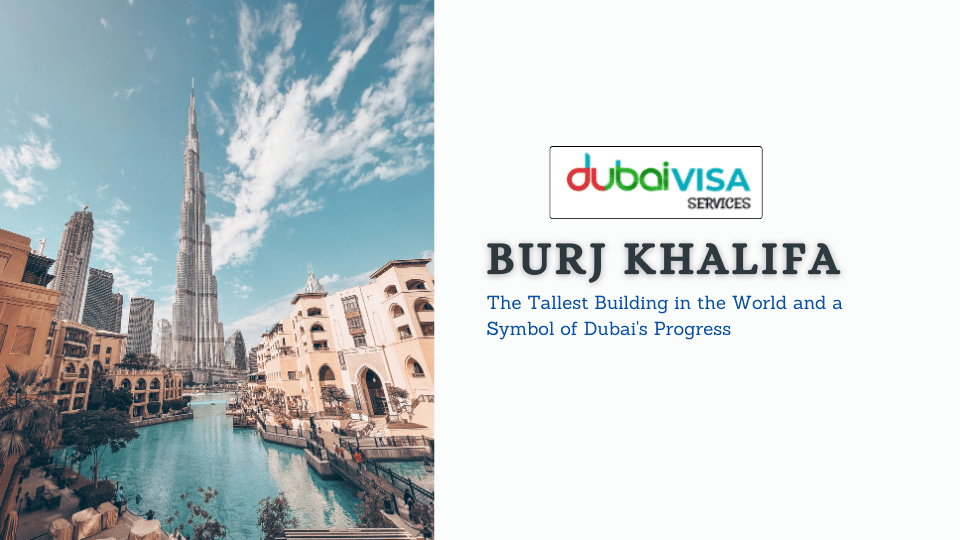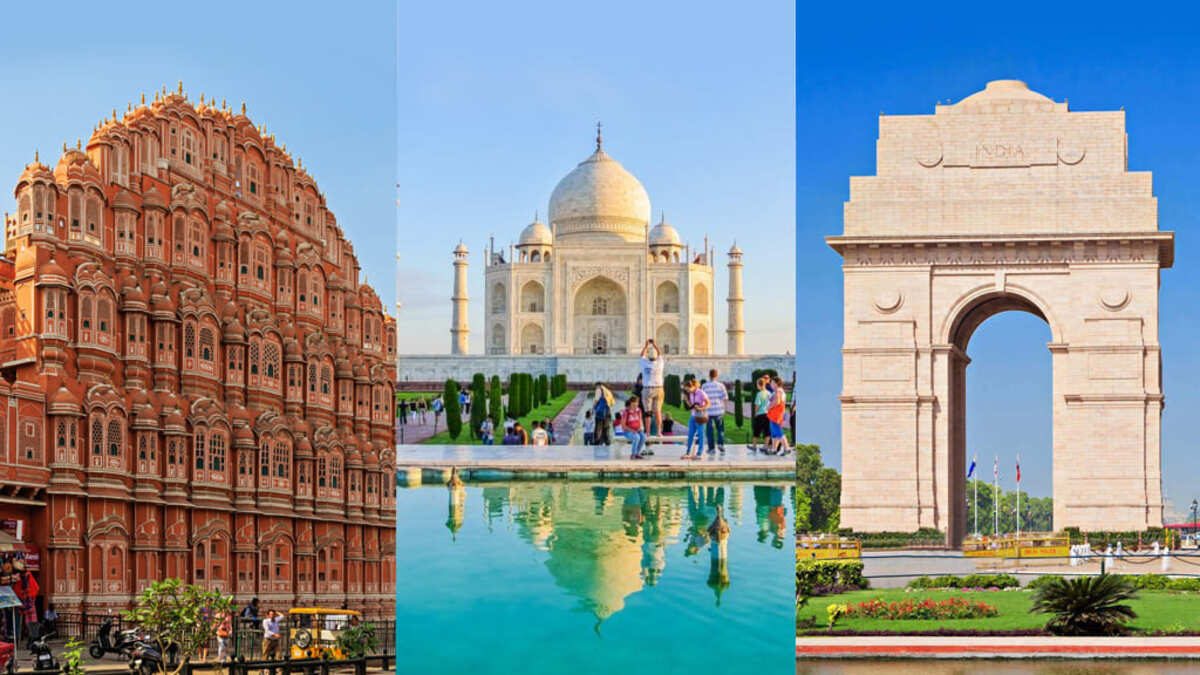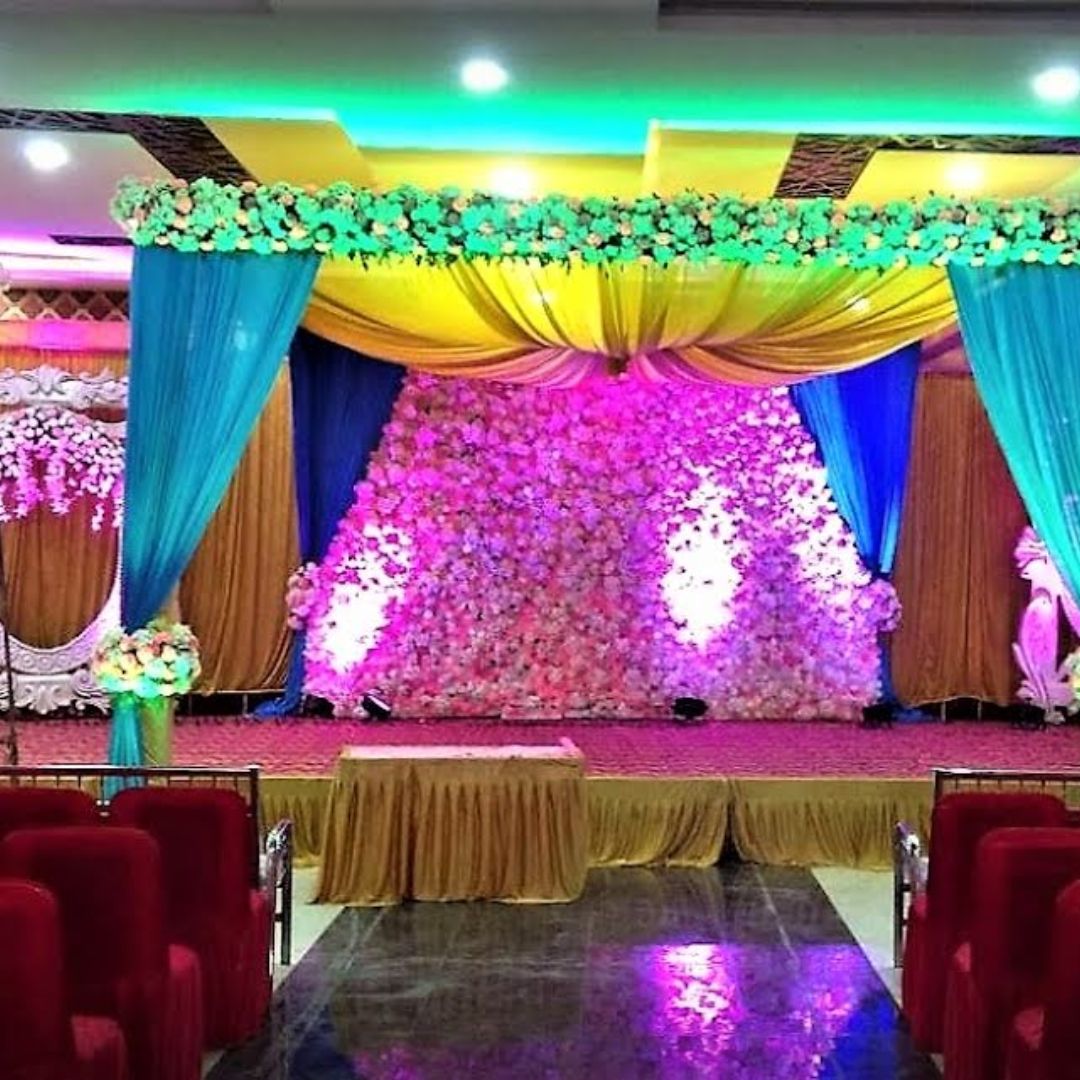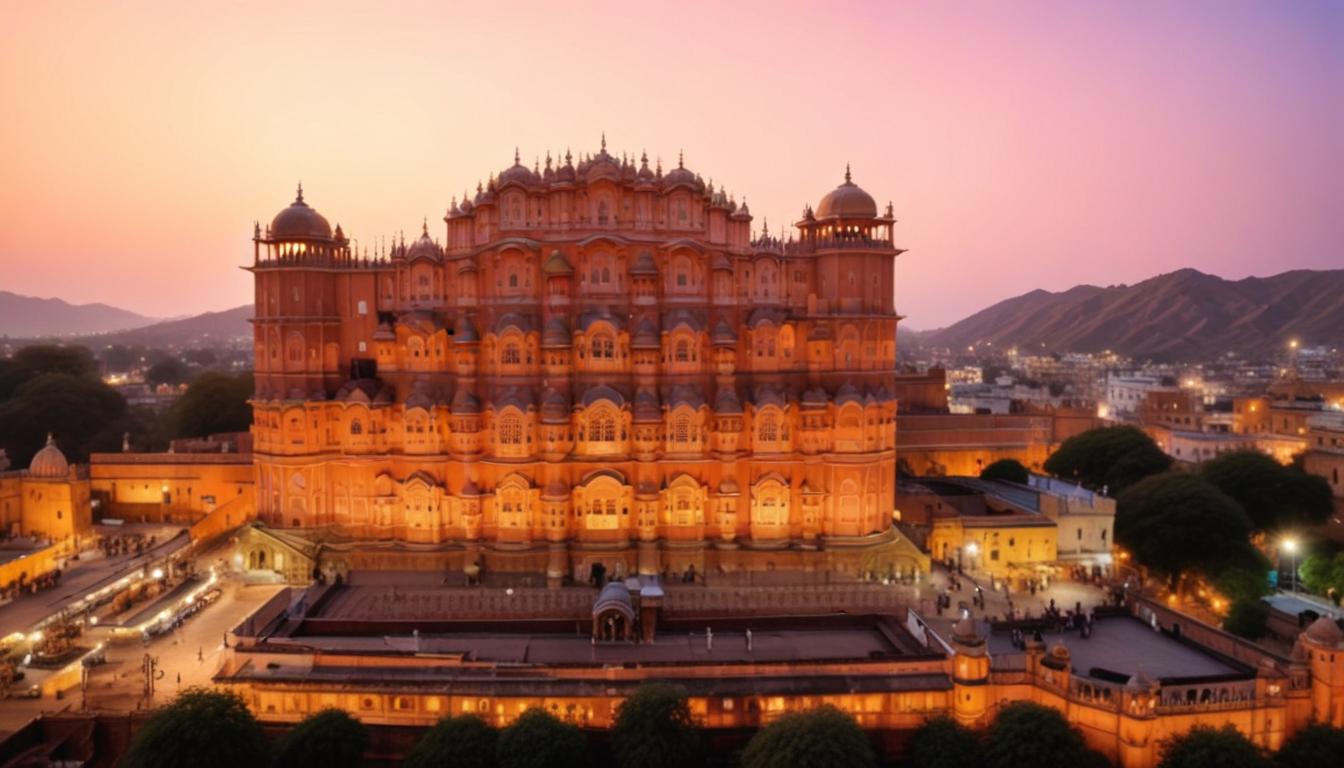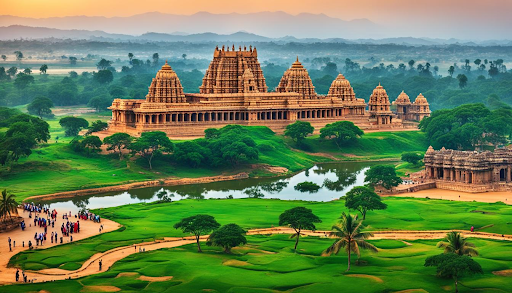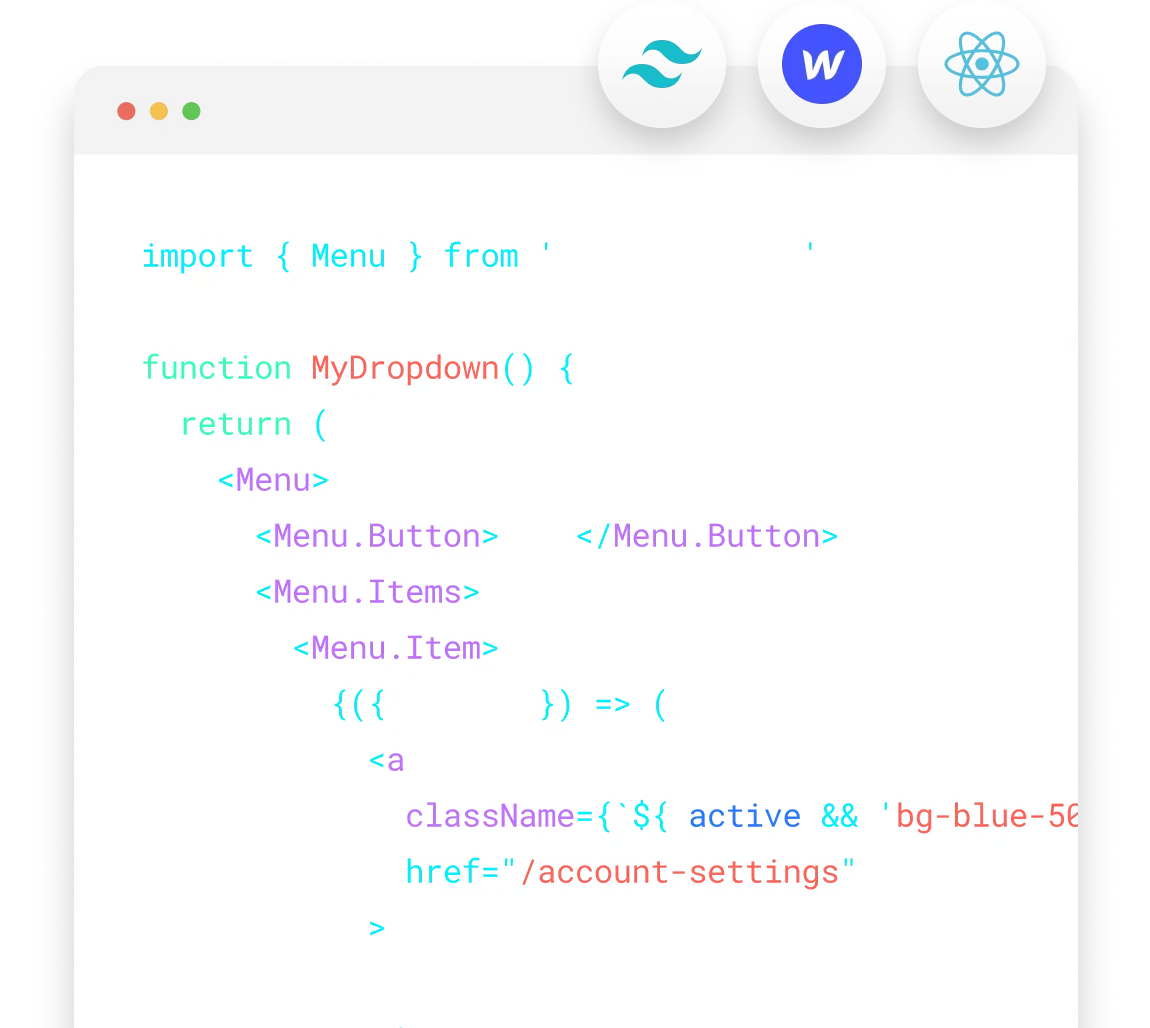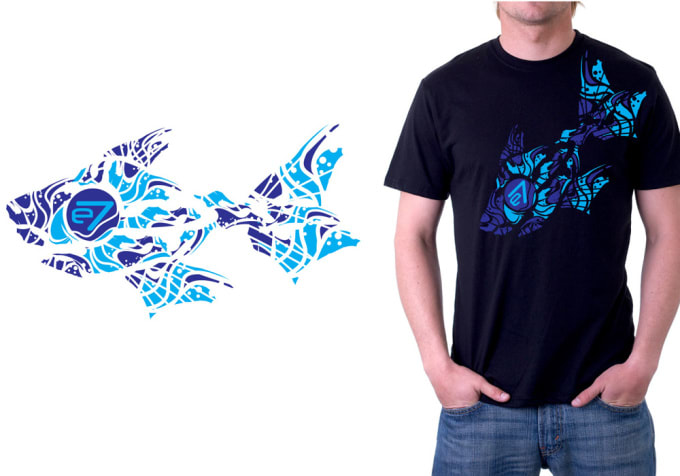The Burj Khalifa, originally named Burj Dubai, is a towering symbol of modern architectural achievement. Situated in Dubai, United Arab Emirates, this mixed-use skyscraper holds the title of the tallest building in the world. Standing at an astounding height of 2,717 feet (828 meters), it features 163 floors. The building was renamed in honor of Sheikh Khalifa ibn Zayed Al Nahyan, the ruler of Abu Dhabi and President of the UAE, who significantly contributed to funding the project during the global financial crisis. The Burj Khalifa is not just a building; it stands as a testament to human ambition and engineering marvel.
Apply for your Urgent Dubai visa now & discover the city’s magic. Fast & easy online application.
Construction of Burj Khalifa

Construction of the Burj Khalifa began in 2004 and was completed in just over five years. Officially opened on January 4, 2010, the tower’s interior was still being finalized at that time. Designed by Skidmore, Owings & Merrill, an architectural firm from Chicago, Adrian Smith was the lead architect, and William F. Baker served as the structural engineer. The construction process was kept highly confidential, especially the final height of the building.
The design of the Burj Khalifa follows a modular, Y-shaped floor plan inspired by the Hymenocallis flower, a native plant of the region. This design reduces the impact of wind forces on the structure. The hexagonal central core is supported by a series of wings, each with its own concrete core and perimeter columns. As the tower ascends, these wings retract in a spiral pattern, minimizing wind forces at each level. The tower culminates in a 700-foot (200 meters) spire, which was constructed within the tower and later hoisted into position by a hydraulic pump.
Engineering and Design Wonders

One of the most notable aspects of the Burj Khalifa’s engineering is its foundation. The tower is supported by a 13-foot-thick (4 meters) concrete mat, which rests on concrete piles with a diameter of 5 feet (1.5 meters). The tower’s three-story podium at its base anchors it firmly. The exterior of the Burj Khalifa is clad in aluminum, stainless steel, and over 28,000 hand-cut glass panels, giving the building its signature shimmering appearance.
The tower holds numerous world records, including surpassing Taipei 101 in Taiwan as the tallest building. In addition to being the tallest freestanding structure on Earth, it also boasts the world’s highest occupied floor and the world’s highest outdoor observation deck.
A Destination for Tourists and Residents
Designed for mixed use, the Burj Khalifa accommodates residential apartments, luxury hotels, and office spaces. The Armani Hotel, located inside the tower, is one of the world’s most luxurious hotels, offering guests breathtaking views of Dubai’s skyline. The public can visit the observation deck known as “At the Top” on the 124th floor, which provides stunning views of Dubai and the surrounding desert.
For residents, the apartments in the Burj Khalifa offer an exclusive lifestyle with top-tier amenities. Additionally, the tower houses numerous corporate offices, making it a hub for businesses in Dubai. Its multifunctional nature makes the Burj Khalifa a vital part of Dubai’s economy, drawing in tourists and professionals from all over the globe.
The Symbolism of Burj Khalifa
The Burj Khalifa is a powerful symbol of Dubai’s ambition and rapid development. From a small trading post, Dubai has transformed into a global metropolis, and the Burj Khalifa represents that evolution. Its construction was part of Dubai’s broader strategy to diversify its economy beyond oil, focusing more on trade, tourism, and real estate. The tower plays a crucial role in this strategy, attracting millions of visitors annually, alongside other landmarks like the Dubai Mall and the Dubai Fountain.
The Legacy of Burj Khalifa
The legacy of the Burj Khalifa will resonate for generations. It has set a new benchmark for architectural design and engineering. The tower’s innovative design has inspired the construction of other super-tall skyscrapers around the world and remains a source of pride for Dubai and the UAE.
Furthermore, the Burj Khalifa has sparked conversations about sustainable building practices. The tower incorporates advanced technology to reduce energy consumption and improve efficiency, making it a model for future skyscrapers. Features like water collection systems and energy-efficient glass panels help to minimize its environmental impact.
Conclusion
The Burj Khalifa is more than just the tallest building in the world—it is a symbol of human ingenuity and Dubai’s transformation into a leading global city. Its awe-inspiring design, advanced engineering, and versatility make it a must-see for visitors to the UAE. Whether you’re captivated by its architecture, interested in engineering, or simply eager to take in the view from the world’s highest observation deck, the Burj Khalifa is an unforgettable experience. As Dubai continues to evolve, the Burj Khalifa will remain an enduring icon of the city’s ambition and innovation.

